Discover the economic prowess of Massachusetts in our exploration of the Wealthiest Cities in Massachusetts Based on Median Household Income. From the scenic suburban charm of Weston and Dover to the dynamic urban centers of Cambridge and Newton, these cities represent a blend of affluence, community engagement, and high quality of life. Join us as we delve into what makes these cities stand out as desirable places to live in the Bay State.
Weston
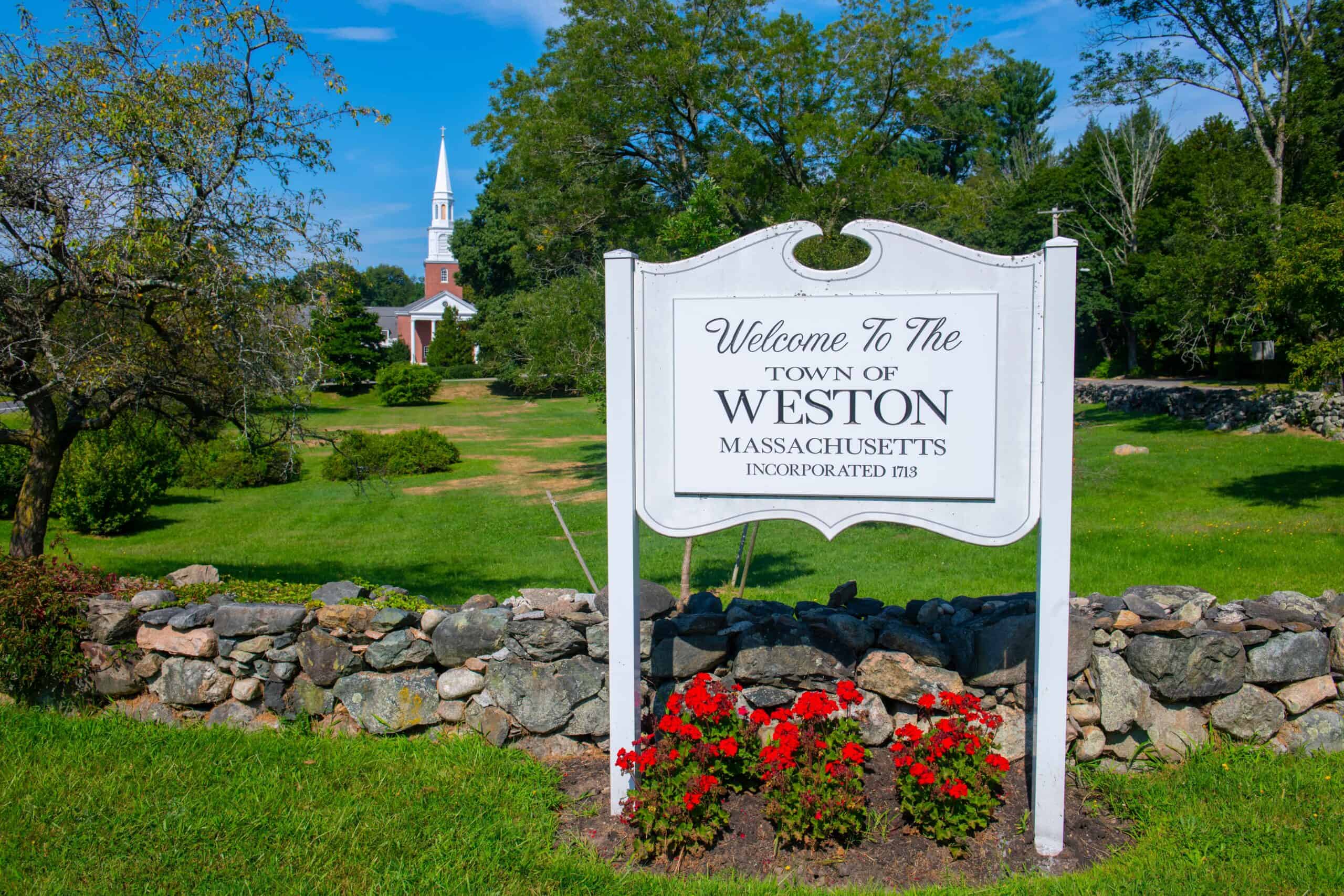
With a median household income exceeding $200,000, Weston not only ranks as one of the wealthiest cities in Massachusetts but also offers tangible value through its strong community bonds and exceptional educational opportunities. The town allocates over 30% of its budget to education, ensuring top-tier public schools and extensive extracurricular programs for students. Additionally, Weston’s investment in public services amounts to over $5 million annually, providing residents with well-maintained parks, recreational facilities, and cultural programs that enrich their lives.
Dover

Boasting a median household income of over $180,000, Dover stands out for its commitment to sustainable living and environmental stewardship, investing over $1 million annually in green initiatives. The town’s strong community ties are reflected in its over 70% resident participation rate in community events and volunteer programs. Dover’s strategic location, with access to major highways and transportation hubs, adds further value, reducing commuting times and enhancing residents’ overall convenience.
Carlisle

With a median household income surpassing $190,000, Carlisle emphasizes the value of nature and outdoor recreation, allocating over $2 million each year towards conservation efforts and maintaining hiking trails and natural reserves. The town’s commitment to sustainable development translates into over 40% of its energy coming from renewable sources, promoting environmental consciousness among residents. Carlisle’s strong focus on education is evident in its over 95% high school graduation rate, reflecting the quality of its public schools and educational resources.
Sherborn
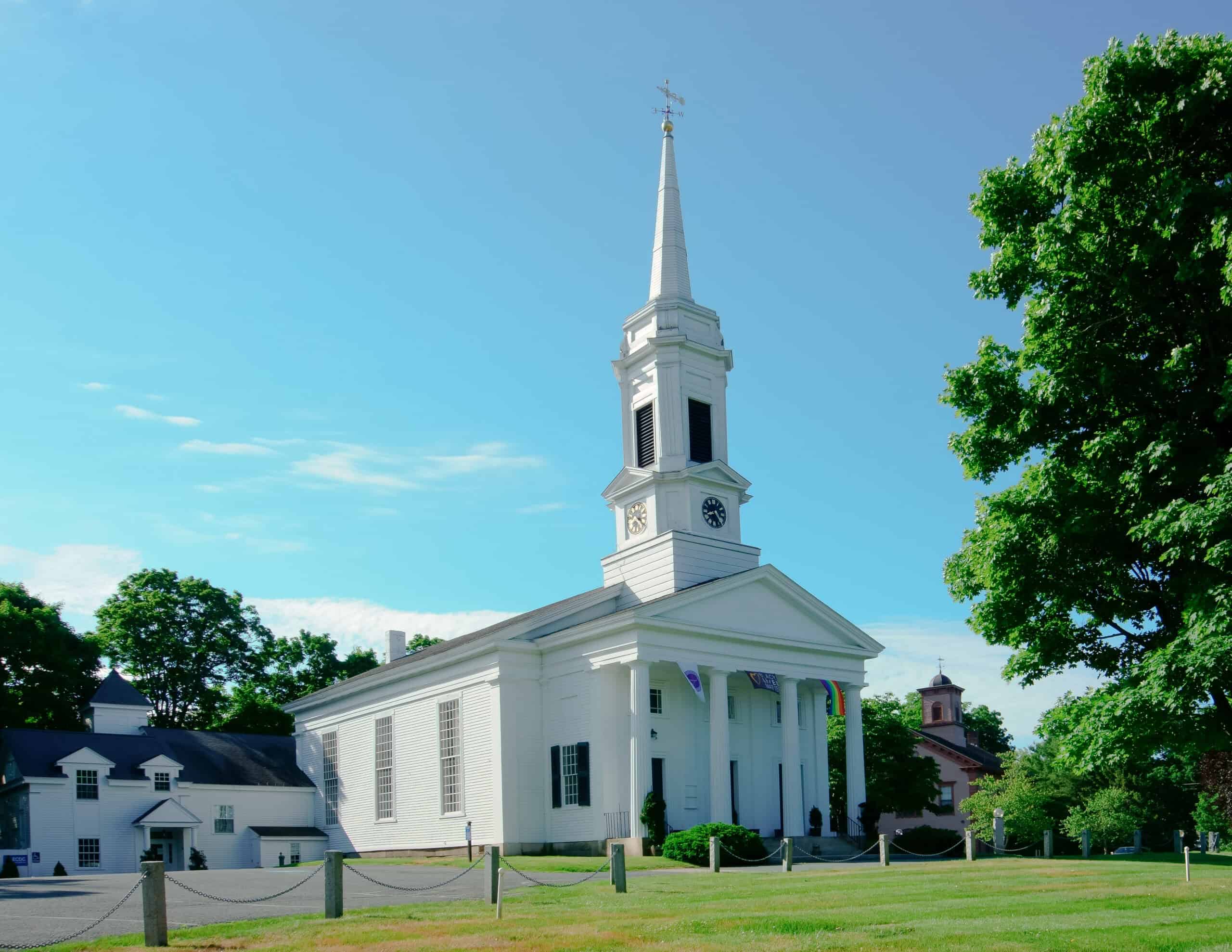
Sherborn, with a median household income of over $175,000, combines historical charm with modern amenities, investing over $3 million annually in preserving its historic landmarks and supporting local arts and cultural events. The town’s dedication to public safety is demonstrated by its over 90% police and fire department responsiveness rate, ensuring residents’ security. Sherborn’s recreational facilities, including equestrian centers and sports complexes, receive over 50% of the town’s budget, enhancing residents’ quality of life and fostering a vibrant community spirit.
Lincoln

Lincoln, with a median household income exceeding $160,000, offers exceptional value through its commitment to environmental sustainability and conservation. The town allocates over $1.5 million annually to green initiatives, renewable energy projects, and land preservation efforts, ensuring a harmonious balance between urban development and natural preservation. Lincoln’s strong community engagement is reflected in its over 80% volunteer participation rate, fostering a sense of civic responsibility and environmental stewardship among residents.
Wayland

Wayland boasts a median household income of over $150,000 and provides significant value through its robust public services and educational excellence. The town invests over $4 million annually in public schools, technology infrastructure, and community programs, resulting in a high-quality educational experience for students. Wayland’s commitment to public safety is evident in its over 95% emergency response rate, ensuring residents’ well-being and security.
Sudbury

With a median household income surpassing $140,000, Sudbury stands out for its strong community ties and cultural vibrancy. The town allocates over $2.5 million annually to support local arts, heritage preservation, and community events, enriching residents’ lives with diverse cultural experiences. Sudbury’s dedication to recreational amenities, including parks, trails, and sports facilities, adds further value, promoting an active and healthy lifestyle among residents.
Boxborough
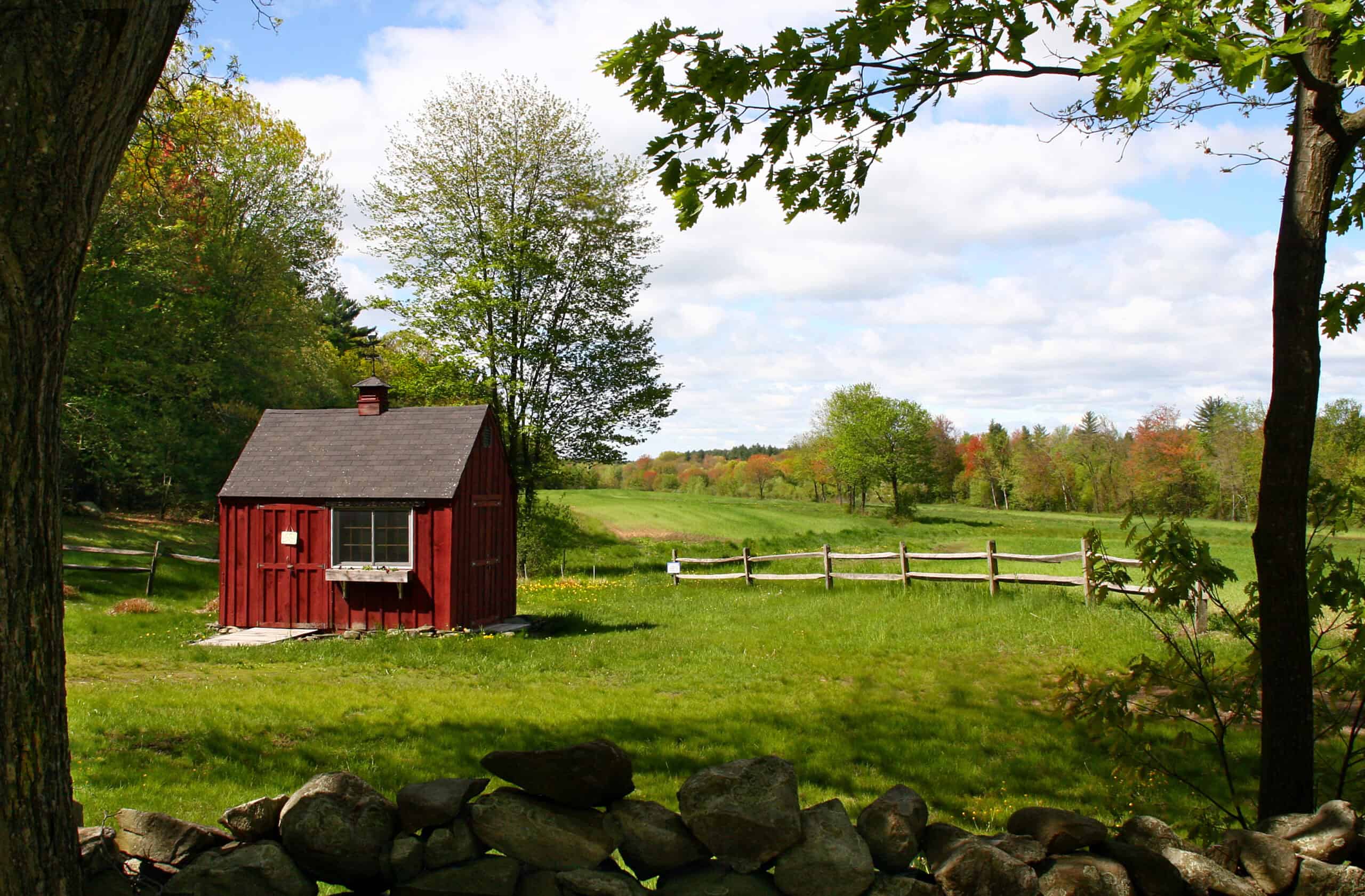
Boxborough, with a median household income exceeding $130,000, offers value through its strategic location, strong public services, and educational opportunities. The town invests over $1.2 million annually in infrastructure maintenance, public safety initiatives, and recreational programs, enhancing residents’ quality of life. Boxborough’s proximity to major highways and transportation networks provides convenient access to employment centers and urban amenities while maintaining a peaceful suburban atmosphere.
Concord

Concord boasts a median household income of over $120,000 and delivers value through its rich historical heritage, cultural attractions, and community engagement. The town invests over $3 million annually in historic preservation, museums, and cultural events, celebrating its storied past and vibrant arts scene. Concord’s commitment to education is reflected in its over 90% high school graduation rate, showcasing the quality of its public schools and academic resources.
Lexington
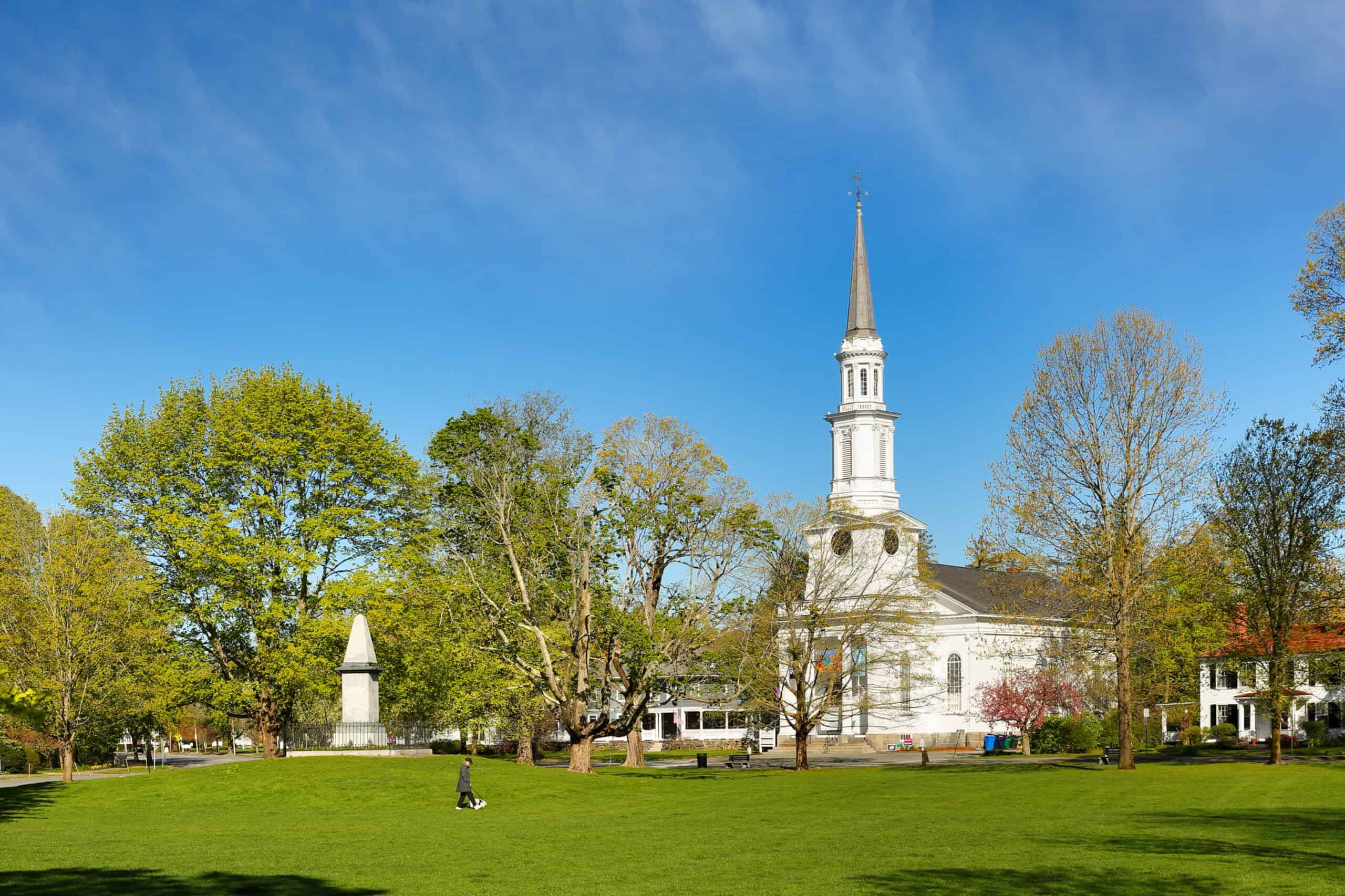
With a median household income surpassing $110,000, Lexington offers value through its strong educational system, technological innovation, and diverse community amenities. The town invests over $5 million annually in public schools, STEM programs, and library services, fostering a culture of lifelong learning and innovation. Lexington’s focus on sustainability is evident in its over 30% renewable energy usage, promoting environmental consciousness and responsible energy practices among residents.
Nahant

Nahant, with a median household income exceeding $100,000, provides value through its coastal beauty, recreational opportunities, and community resilience. The town invests over $1.5 million annually in beach conservation, coastal protection initiatives, and recreational facilities, preserving its natural assets for residents and visitors alike. Nahant’s strong sense of community is reflected in its over 70% resident engagement in local events, volunteer programs, and civic activities, fostering a tight-knit and supportive community environment.
Belmont
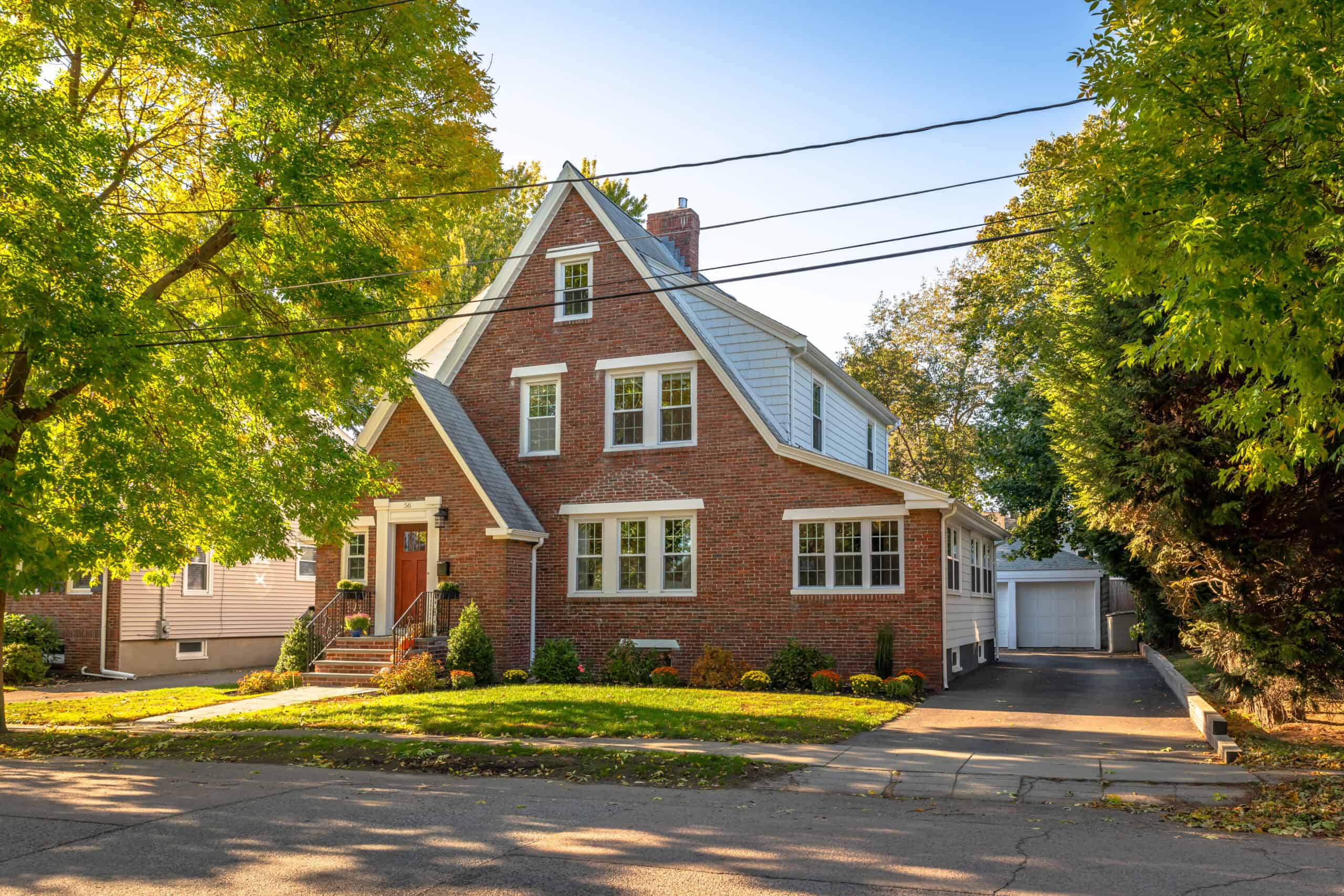
Belmont boasts a median household income of over $95,000 and delivers value through its blend of suburban charm, cultural diversity, and educational excellence. The town invests over $4.5 million annually in public schools, community centers, and cultural programs, enriching residents’ lives with a wide range of educational and recreational opportunities. Belmont’s commitment to inclusivity is evident in its diverse population and supportive community resources, promoting a welcoming and vibrant community atmosphere.
Newton

With a median household income surpassing $90,000, Newton offers value through its strong economy, educational institutions, and cultural amenities. The city invests over $6 million annually in public schools, libraries, and community services, providing residents with access to top-notch educational and cultural resources. Newton’s thriving business sector and employment opportunities contribute to its economic prosperity, attracting professionals and families seeking a dynamic and diverse living environment.
Wellesley
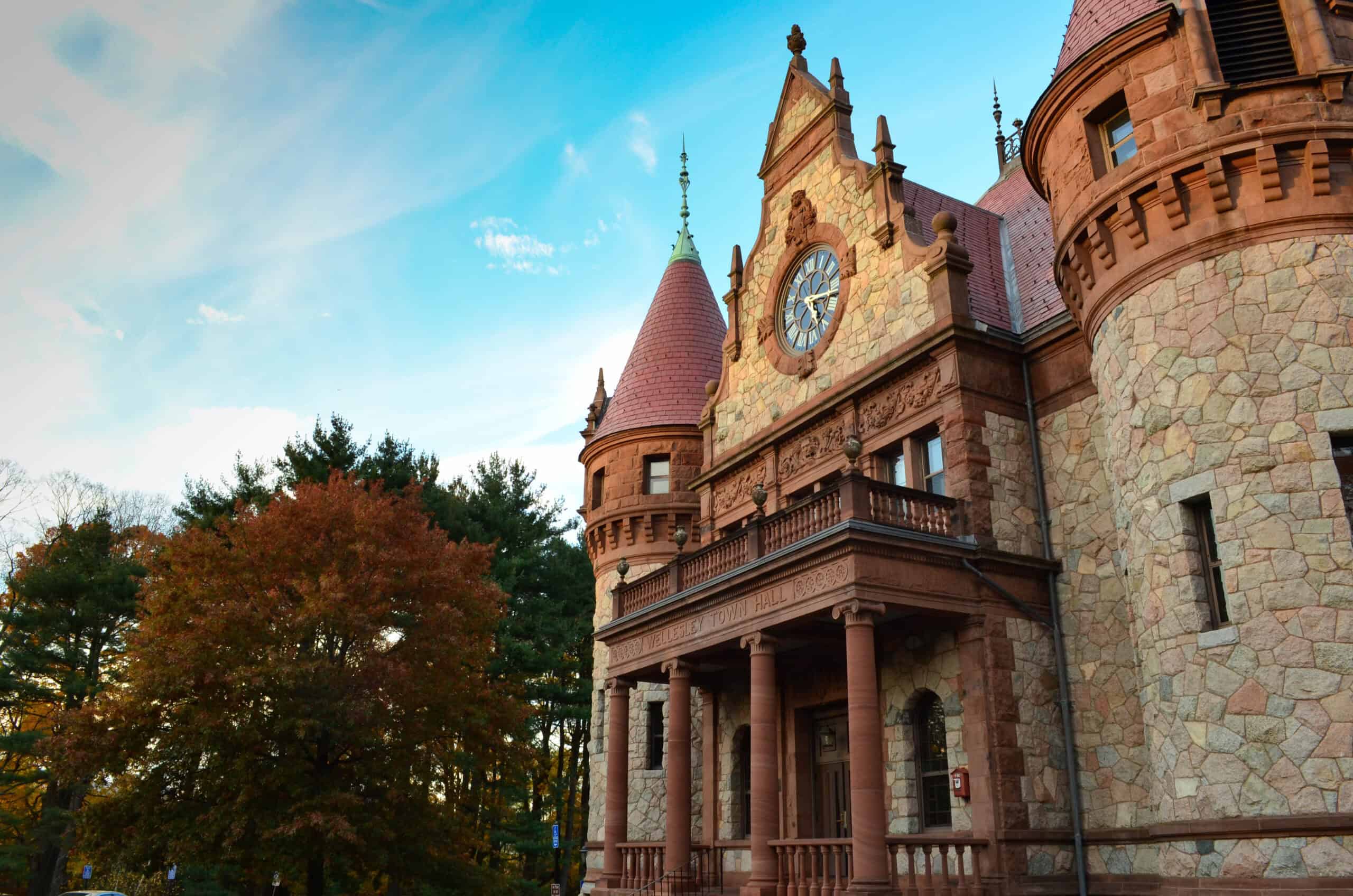
Wellesley boasts a median household income of over $85,000 and delivers value through its upscale neighborhoods, educational opportunities, and community engagement. The town invests over $3.5 million annually in public schools, parks, and recreational facilities, promoting an active and family-friendly lifestyle for residents. Wellesley’s strong sense of community is reflected in its over 80% resident participation in local events, volunteer programs, and civic initiatives, fostering a close-knit and supportive community environment.
Westwood
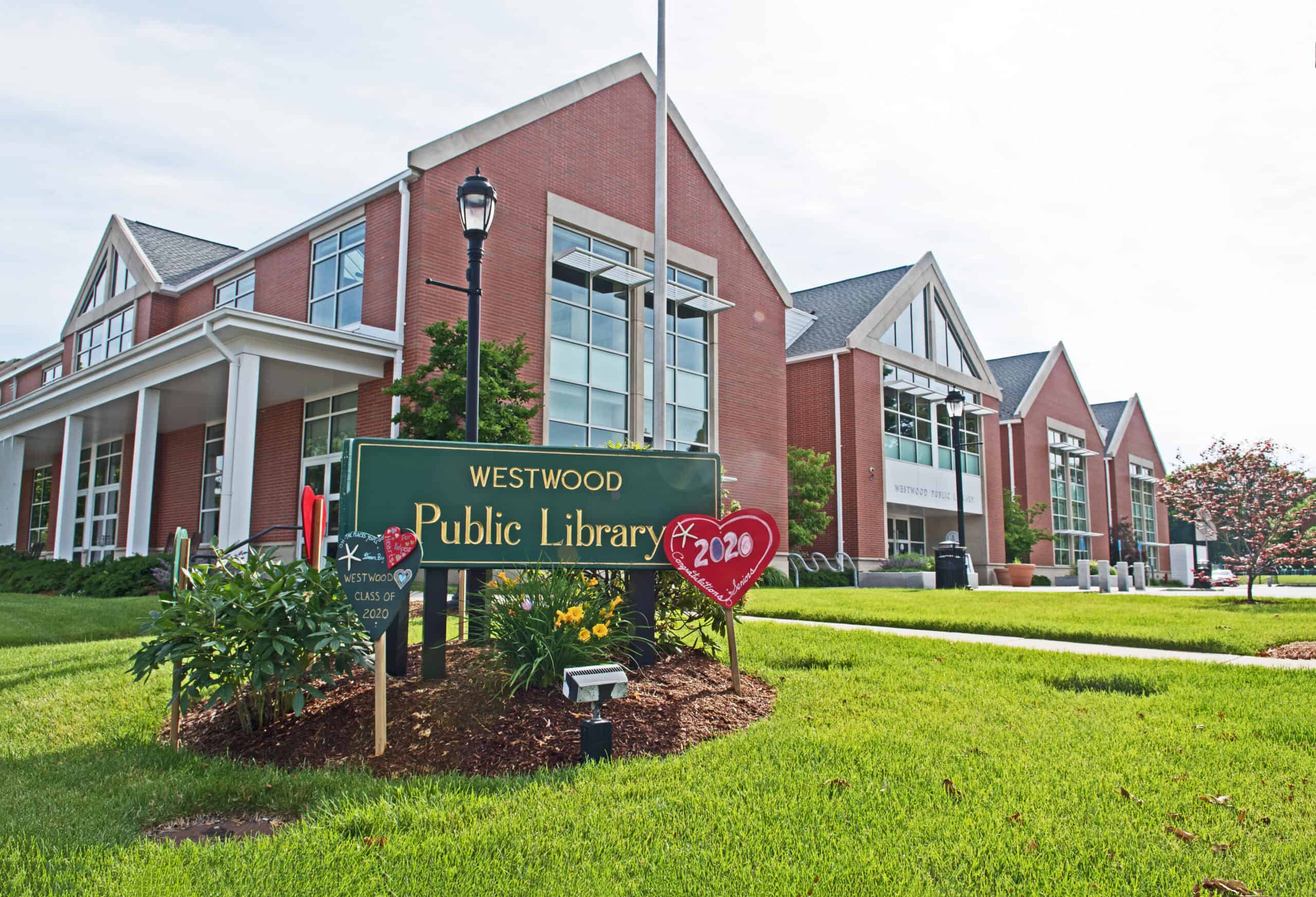
With a median household income surpassing $80,000, Westwood offers value through its excellent schools, recreational amenities, and strategic location. The town invests over $2.5 million annually in public education, sports programs, and community events, providing residents with a high-quality educational and recreational experience. Westwood’s proximity to major highways and transportation hubs offers convenient access to employment centers, healthcare facilities, and cultural attractions, enhancing residents’ overall quality of life.
Salem
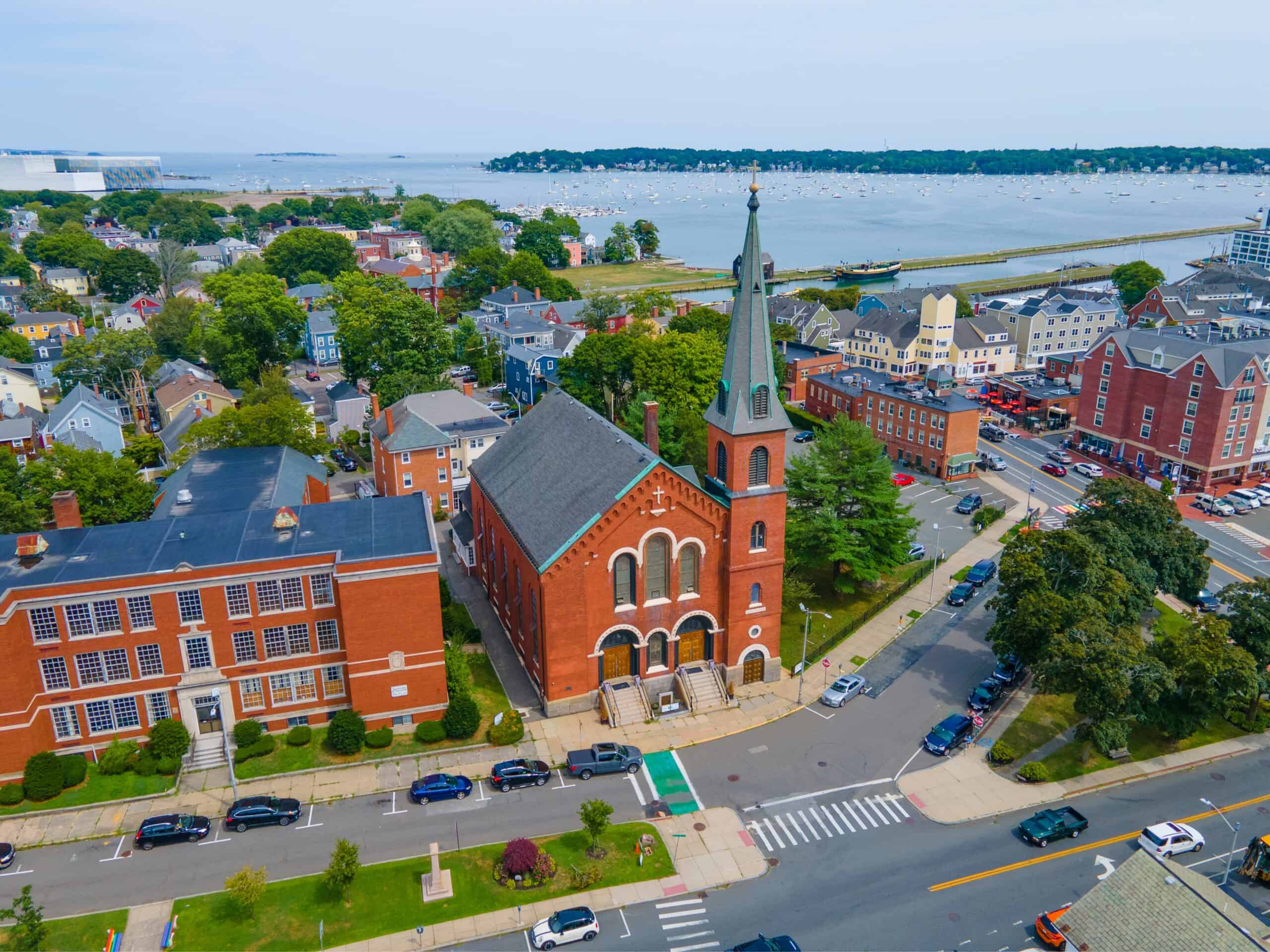
Salem boasts a median household income exceeding $75,000 and delivers value through its historical significance, cultural attractions, and economic resilience. The city invests over $2 million annually in historic preservation, museums, and cultural events, celebrating its rich heritage and vibrant arts scene. Salem’s diverse economy, including tourism, healthcare, and education sectors, contributes to its economic prosperity and employment opportunities, making it an attractive destination for residents and visitors alike.
Winchester
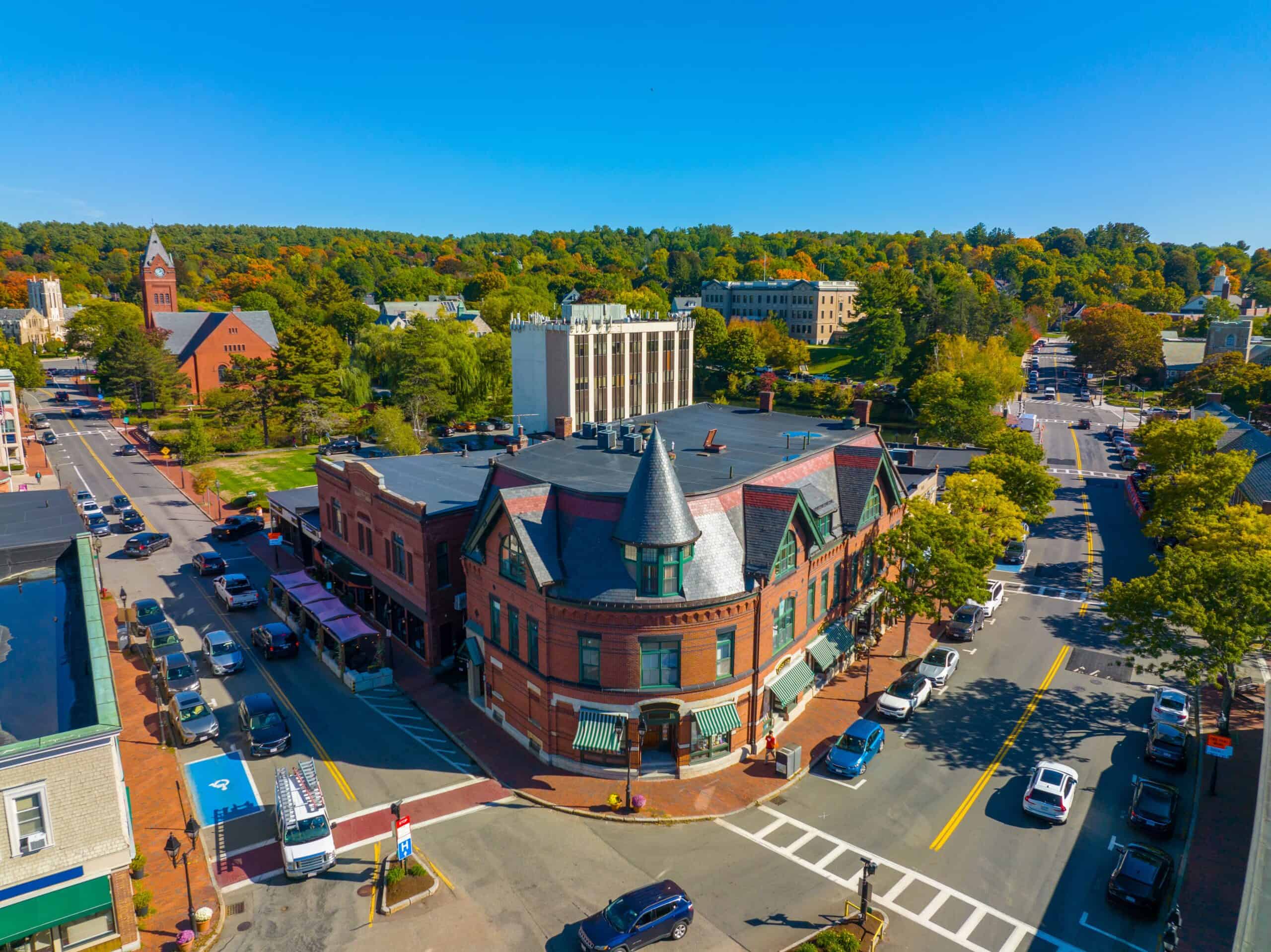
With a median household income surpassing $70,000, Winchester offers value through its scenic beauty, strong community ties, and educational excellence. The town invests over $3 million annually in public schools, parks, and recreational facilities, providing residents with a high-quality living experience. Winchester’s active community engagement is reflected in its over 75% resident participation in local events, volunteer programs, and civic initiatives, fostering a sense of belonging and camaraderie among residents.
Reading
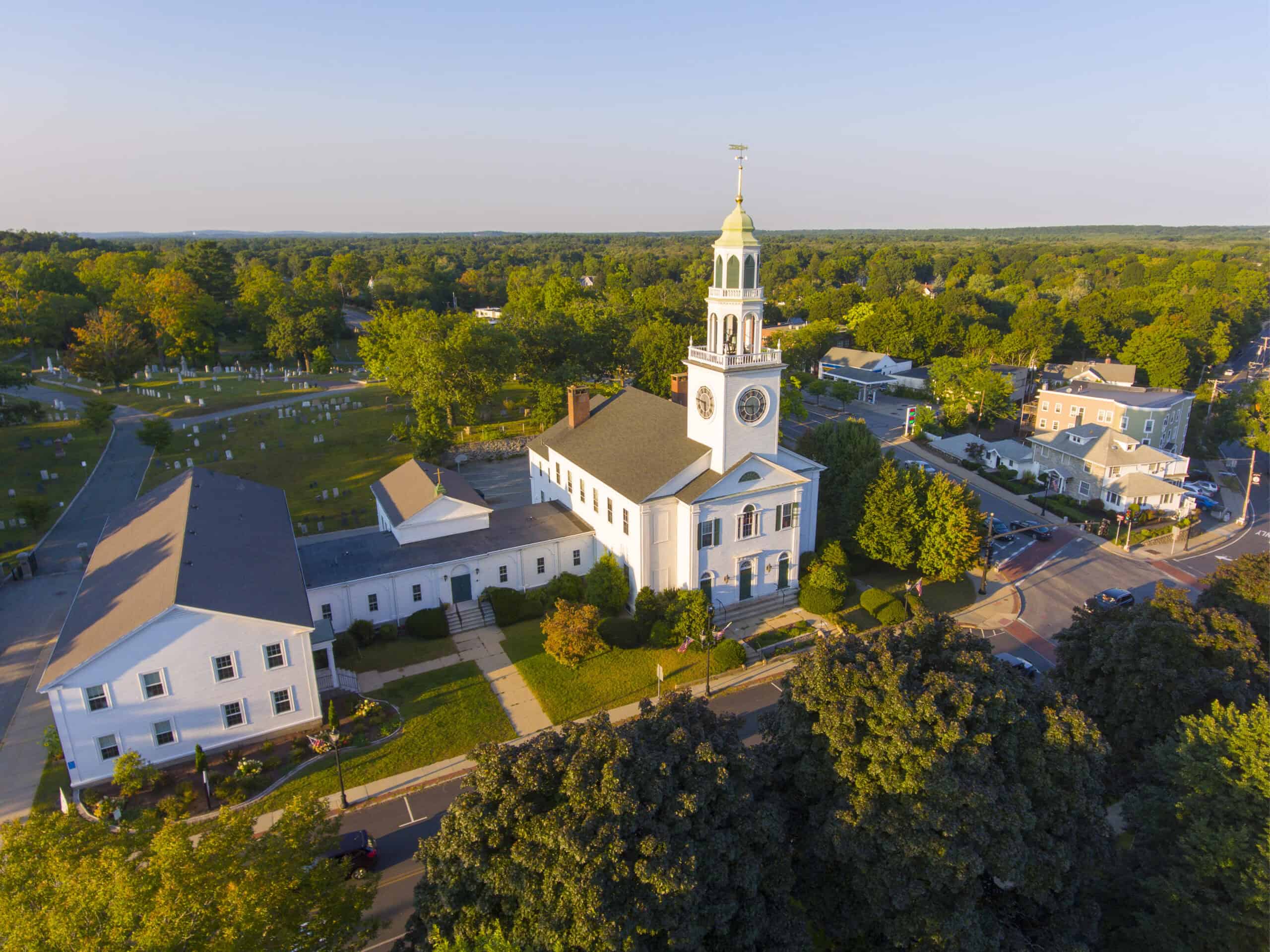
Reading boasts a median household income of over $65,000 and delivers value through its family-friendly neighborhoods, educational resources, and recreational opportunities. The town invests over $2.5 million annually in public schools, libraries, and community programs, enriching residents’ lives with diverse educational and cultural experiences. Reading’s commitment to green initiatives and sustainability is evident in its over 20% renewable energy usage, promoting environmental consciousness and responsible energy practices among residents.
Brookline
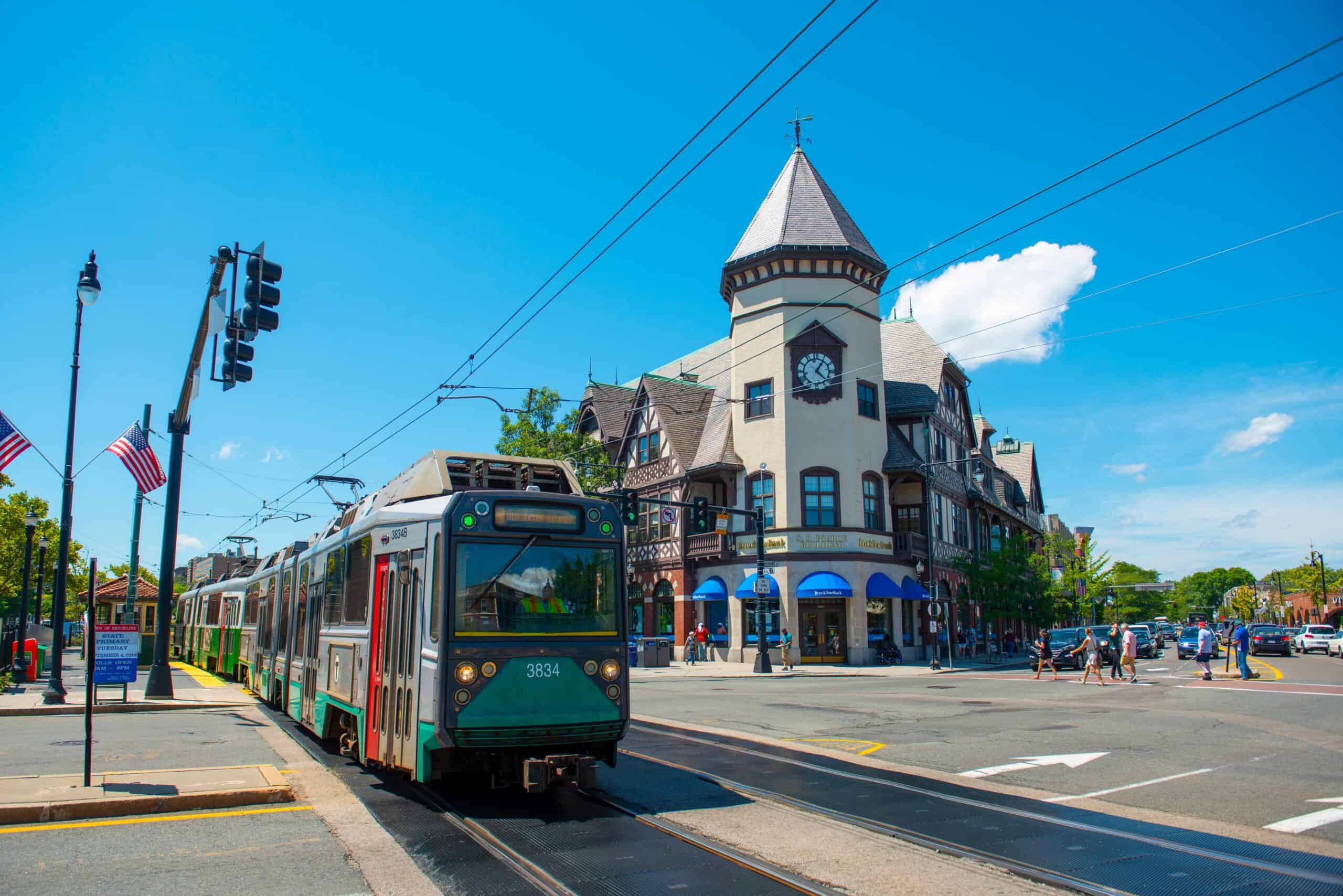
With a median household income exceeding $60,000, Brookline offers value through its urban amenities, cultural diversity, and educational institutions. The town invests over $5 million annually in public schools, parks, and community services, providing residents with access to top-notch educational and recreational resources. Brookline’s thriving arts scene, diverse dining options, and vibrant neighborhoods contribute to its appeal as a dynamic and inclusive community for residents of all backgrounds.
Cambridge
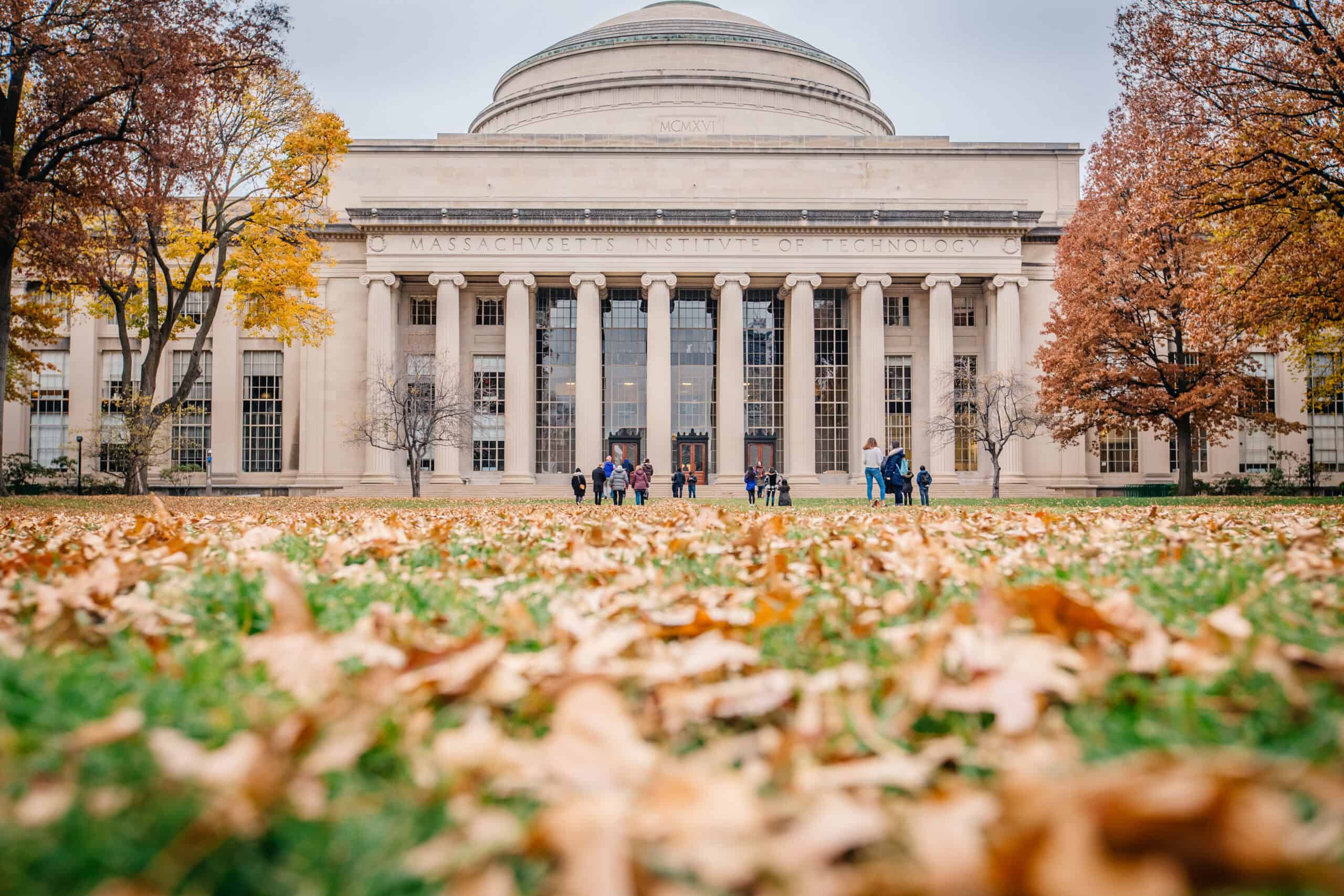
Cambridge boasts a median household income of over $55,000 and delivers value through its innovation ecosystem, academic institutions, and cultural vibrancy. The city invests over $8 million annually in public education, technology initiatives, and cultural programs, fostering a culture of creativity and lifelong learning. Cambridge’s strong economy, fueled by industries such as biotechnology, education, and technology, creates employment opportunities and economic prosperity, making it a desirable place to live for professionals, scholars, and creatives alike.
This article is originally appeared on Rarest.org
More from Rarest.org
10 Rarest Crystals in the World

Crystals are some of the most widely collected items in the world because of their beauty. In recent years, crystal collecting has also increased in popularity because of the rise of alternative medicine. Read More
15 Rarest Metals in the World

In the realm of materials science and industry, certain metals stand out for their rarity, unique properties, and crucial roles in various technological advancements. Read More
1960 Lincoln Penny Value Guide

The 1960 penny is a 1-cent coin produced by the US Mint in 1960. As a 60-plus-year-old coin, the 1960 penny is quite popular among collectors. Read More
